We share live and in a multifaceted way the progress of the global project.
- Filter by
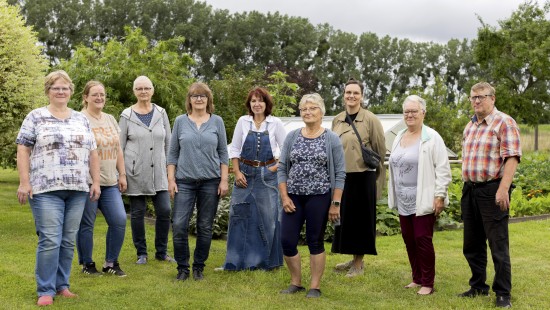
On the way to the commission
What should change for everyone in the village as a result of a work of art?
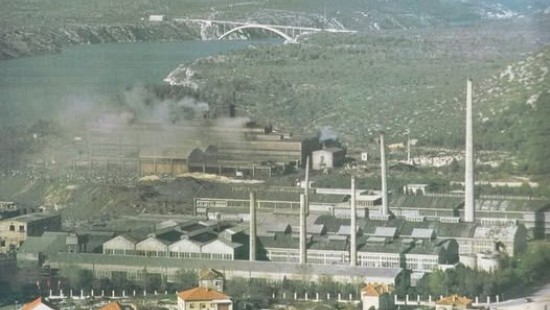
Working Group Crnica - Third Meeting
Reflecting on the matter discussed so far: what kind of processes we want to incite?
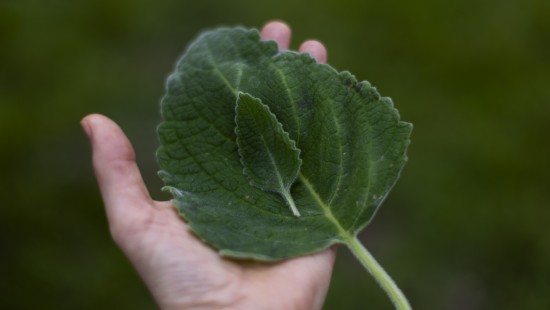
A village garden for more social cohesion
Can a communal garden resolve conflicts in the village?
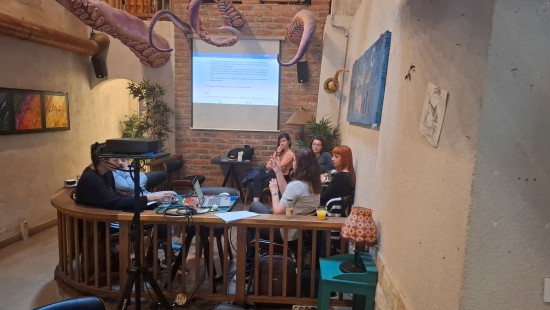
Working group Crnica - Second Meeting
How to address the wider community of Šibenik, with our main preoccupation: what is to be done with the contaminative slag hills
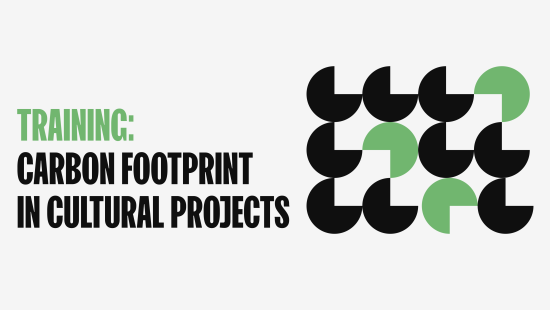
TRAINING: Carbon Footprint in Cultural Projects
An Introductory Workshop on Measuring Environmental Impact in the Arts, by Julie’s Bycycle
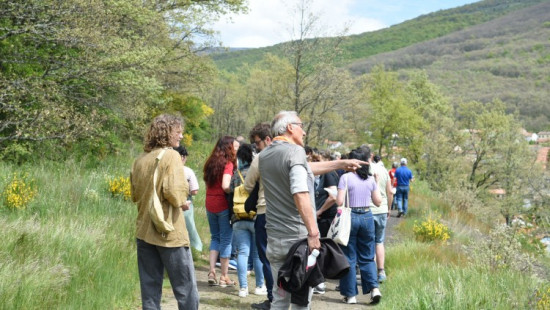
This is how the Repairing the Earth Sessions went
Encounters to imagine new ways of healing territories wounded by industry and neglect
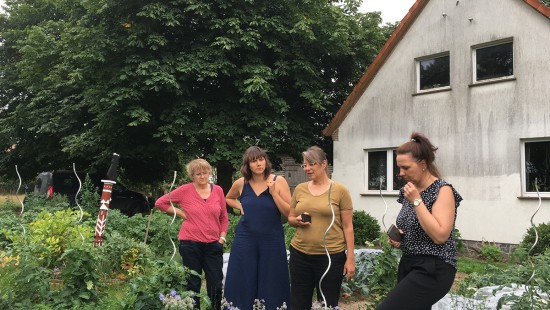
The Knowledge of Private Gardeners
Gardens in Wietstock are laboratories and places of resistance
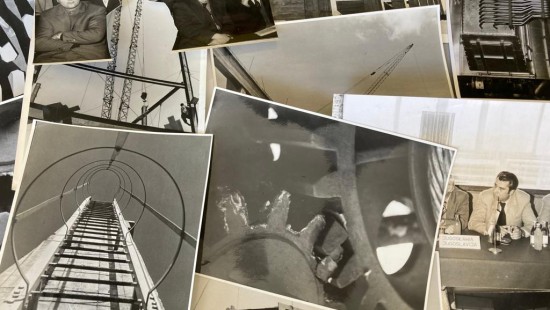
Working Group Crnica - First Meeting
Consolidating the Working Group, Introducing the ALILAND project, and New Patrons' Practices and Methodologies
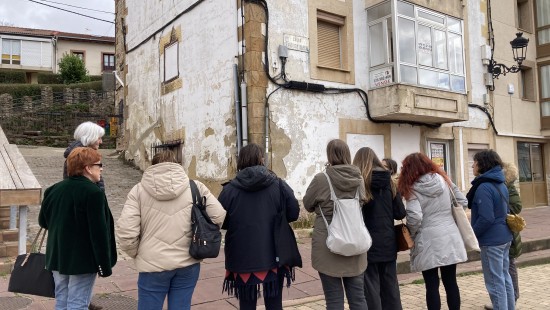
A map cannot be the territory
The commissioners meet for the fourth working session and begin to think about the commission and situate it within the territory.
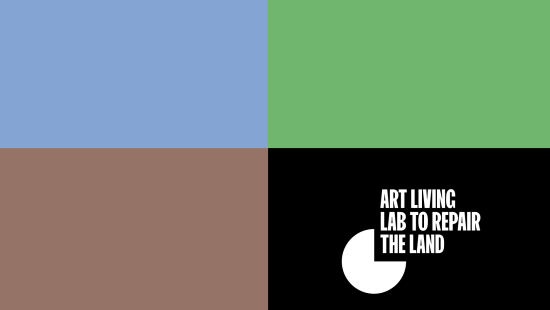
Introducing: Art Living Lab to Repair the Land
The new edition of Art Living Lab focuses on three damaged European territories: Barruelo de Santullán, in Spain; Wietstock in Germany and Šibenik, in Croatia.
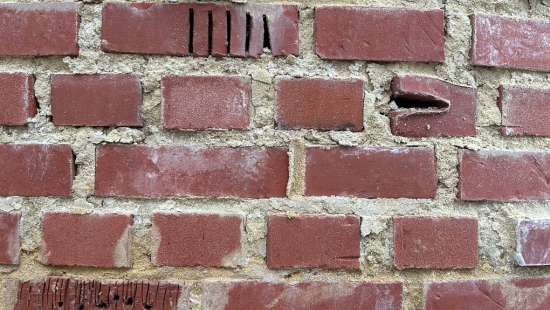
Habitat: Reclaiming the Landscape Through Participatory Art
Michael Beutler’s ecological sculpture marks a turning point in Boom’s industrial legacy
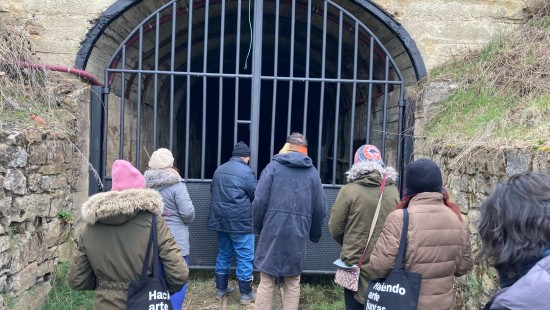
Doors and windows are the weakest parts of a home.
The comissioners work on the concept of leaving the past behind, facing the future with joy and accepting the more than human as part of the territory.
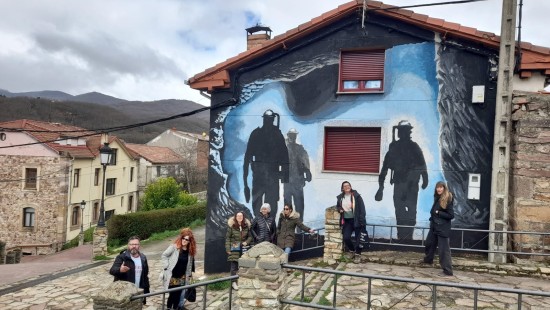
Schlamm. The women's stories were swallowed up by the rubble of the mine.
The comissioners work on the word “aftermath” and explore their desires in depth.
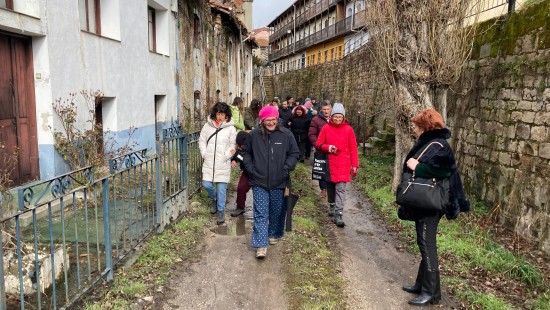
First snowfall, first meeting in Barruelo de Santullán
The comissioners begin to work, searching for their own definitions of the word “repair”, and we visit the perimeter of the abandoned industrial area of Barruelo de Santullán.
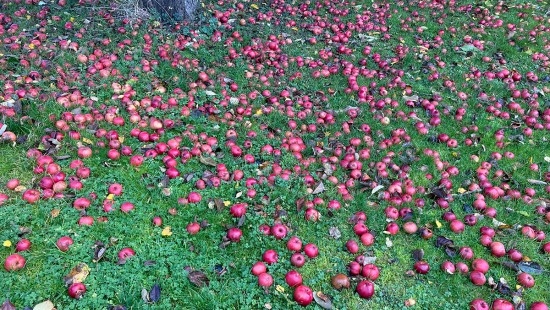
The New Patrons of Wietstock
What connects people in the village is their relationship with nature
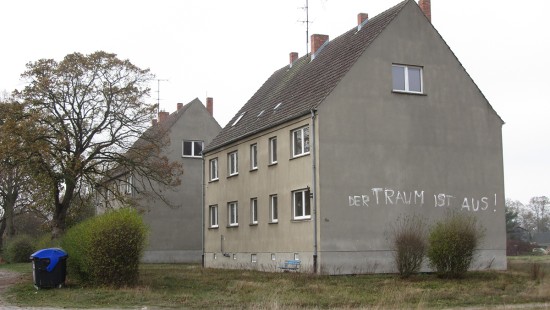
The Dream is over
How a typical village in Western Pomerania started dreaming again
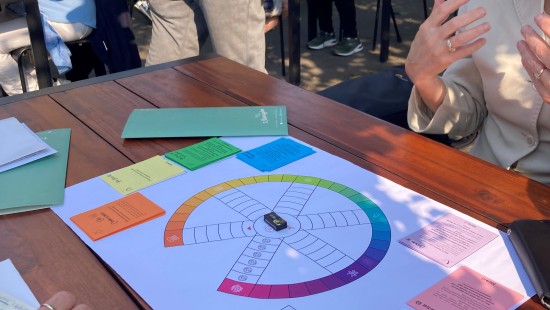
The Green Art Commission Toolkit: Now Available for Download!
The Green Art Commission Toolkit, is officially ready for download! This innovative tool is your gateway to rethinking artistic commissions through a sustainability lens, and it’s accessible for everyone.
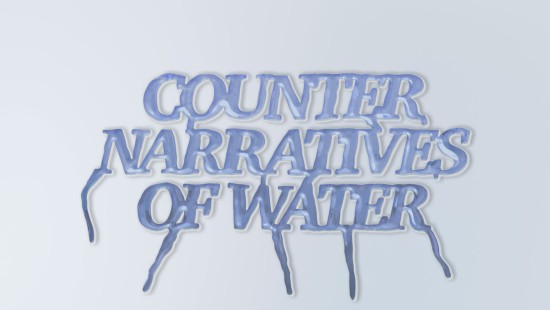
Contre-récits de l’eau, a response from DISNOVATION.ORG collective in collaboration with Clémence Seurat
An exploration of water’s hidden journey through karst landscapes, combining scientific research, local stories, and reflections on the collective ownership and stewardship of this vital resource.
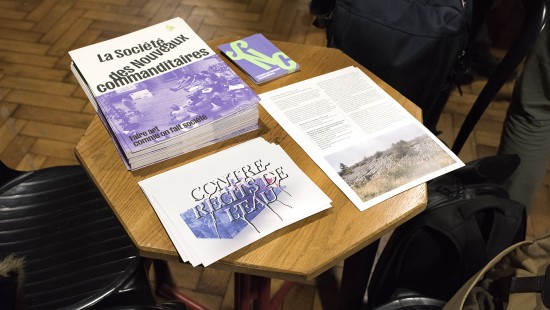
This is how the Counter Narratives of Water inauguration went
Inauguration of the Disnovation.org collective’s commission took place over two days, on the 29th and 30th of November 2024 between Saint-Claude and Villards d'Héria.
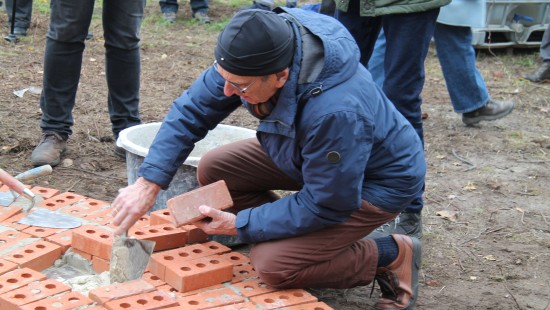
Clay Commons layed the first stone of Habitat
On November 8, the construction of Habitat – the artwork designed by Michael Beutler – was festively opened with the laying of the first stone!
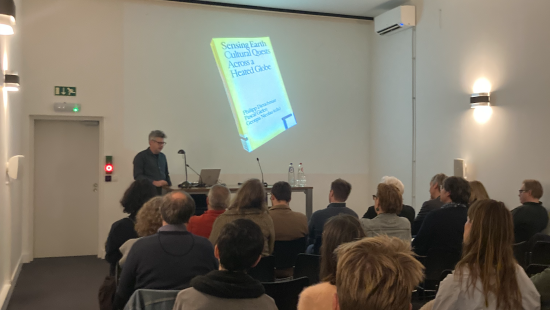
Seminar 30 Million years: art, ecology and sustainability
The seminar, which took place on november 7, 2024, inclued multiple lectures as well as the presentation of the Green Art Commission Toolkit
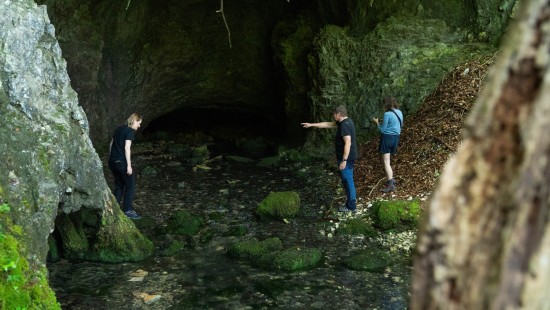
Production process of a site-specific video work
As part of their commissioned artwork, the Disnovation.org collective codevelops a narrative video linking the karstic geology and the region’s history of social innovation, through interviews, archival research, and site investigations across the Jura landscape.
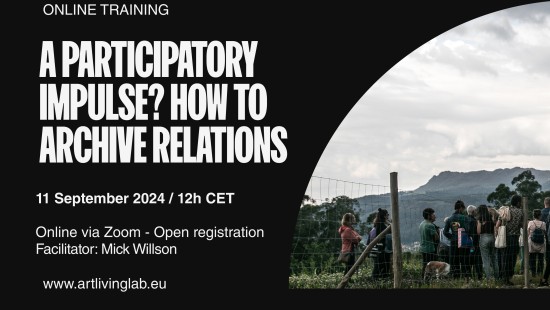
Available the video of the online workshop: "A Participatory Impulse? How to archive relationships"
The meeting, given by Mick Wilson, took place on Wednesday, 11 September, and explored the different archival impulses in contemporary art.
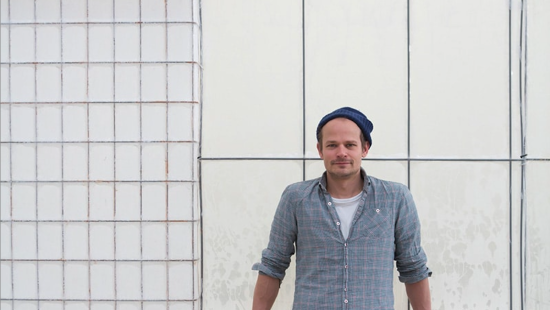
Clay Commons selects the artist, Michael Beutler, for the production of the artwork in Boom
Despite the enthusiasm for this design of the first artist chosen, Bosco Sodi, this new artist has been chosen to create an artwork that will respond to the desire of the commissioners. He is currently working on a design and will travel soon to visit the site with the commissioners.
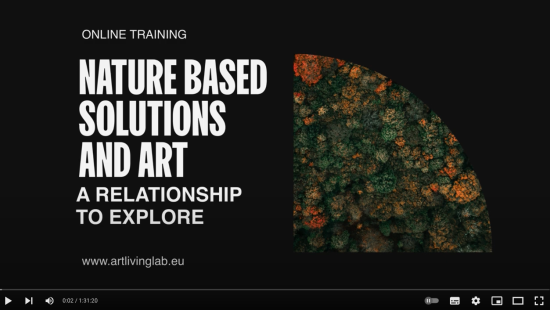
Available the video of the online workshop: "Nature Based Solutions and art. A relationship to explore"
The meeting, given by Juan del Río, took place last Thursday, 21 March, tried to rethink what the contribution of art can be in this process of producing sustainable artistic works.
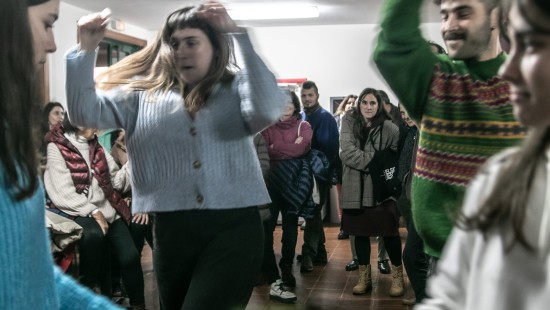
Gender and inclusion
The ‘Art Living Lab’ incorporates a gender perspective through and has a compromise to promote co-responsibility or other innovative measures and tools to promote equal opportunities between people.
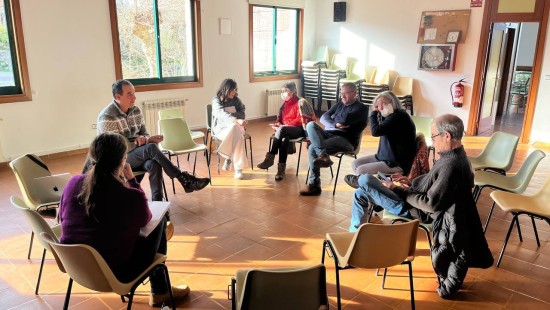
The artist, Asunción Molinos Gordo, begins to imagine her production with the villagers of Couso
The artist is talking with the Couso community, picking them out and asking them questions that they all answer, calmly, expanding and letting memories, bodies, experiences, desires, territory, illusions, but also dismay and fear of a process that, for now, they visualise as inconcrete and diffuse.
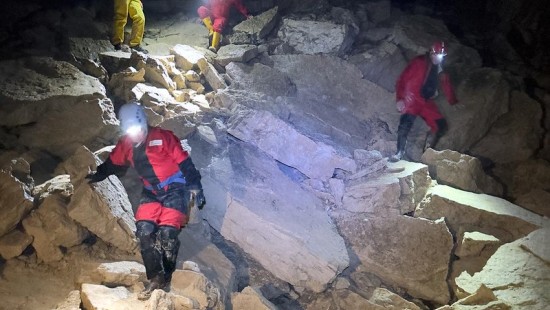
Exploring the depths: encounters with karst landscapes
From field explorations to conceptual challenges, the Disnovation.org collective navigates the complexities of creating site-specific work in the karst terrain of France.
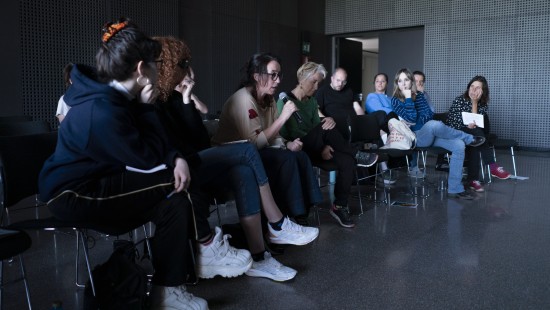
The target groups benefit by ‘Art Living Lab for Sustainability’
The European project will impact and benefit six main target groups/audiences.
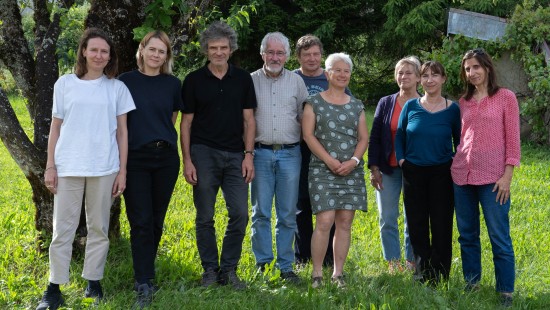
The European project ‘Water Commons’start in Haut-Jura Regional Nature Park in France!
These are the first steps that were taken in the Water commons project
